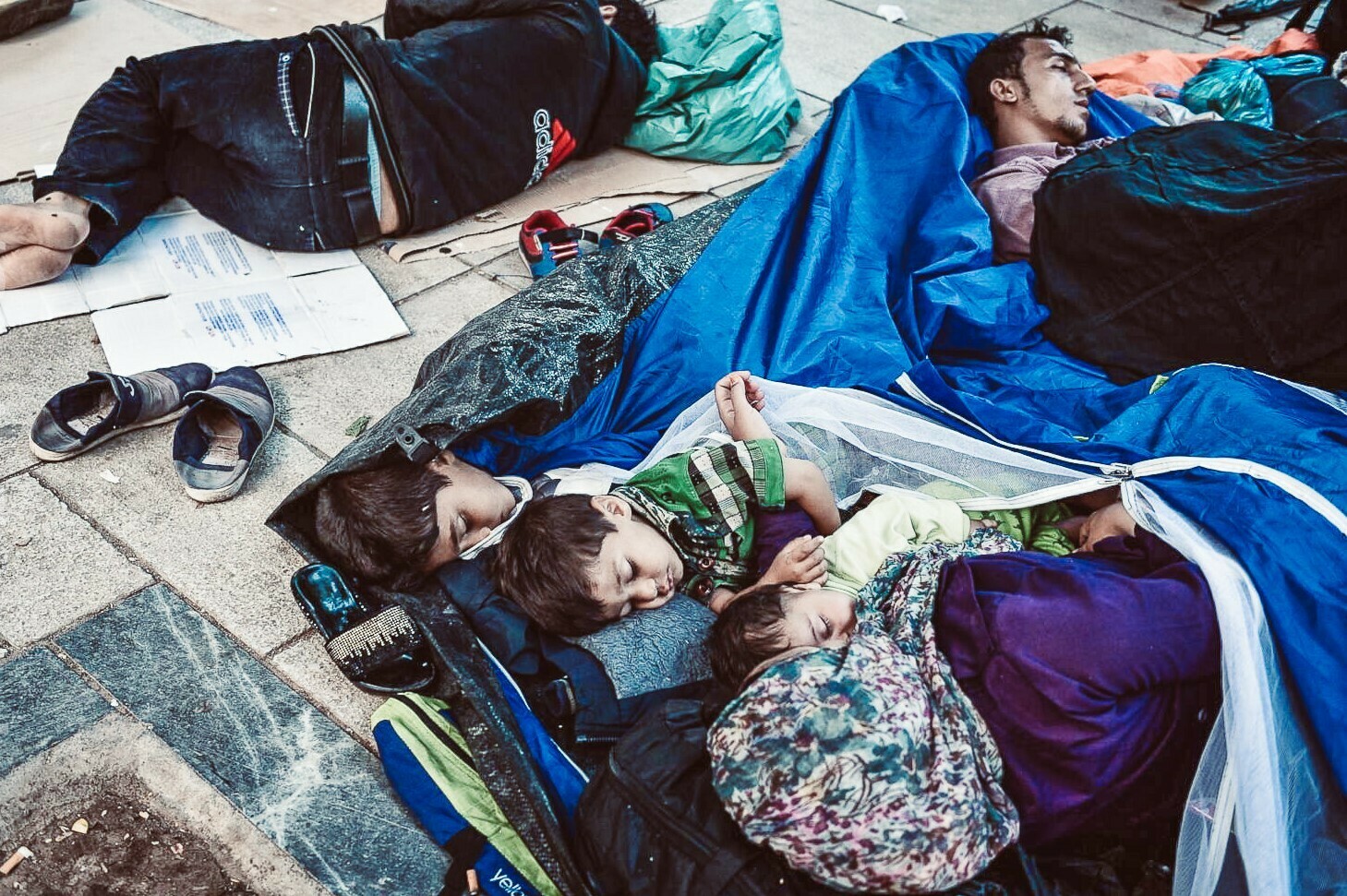ROME, Italy — Positioned just across the Mediterranean from Africa, Italy serves as a gateway to Europe for people escaping political instability, religious persecution and economic downturn in Africa and the Middle East. In 2017, 119,000 migrants (67-percent of all EU migrant arrivals) arrived in Italy from Libya, Tunisia, Eritrea, Sudan, Nigeria, and Pakistan. Italy’s immigration system is oversaturated and unable to support the continuing migration of people to Italy. This influx of refugees has created many complications, and refugee housing in Italy is becoming increasingly scarce.
Refugee Housing in Italy
Because of the Dublin System, an EU regulation that mandates that “the country in which a migrant first enters the EU is responsible for their asylum claim,” Italy and other Mediterranean nations often bear the brunt of responsibility for migrants seeking asylum in Europe. Unfortunately, the current government in Italy has started refusing refugees, drastically reducing the number of refugees entering the country by 77 percent since 2017. For those who are in the country, there are fewer and fewer benefits being distributed, such as housing.
Unable to rely on the immigration system to provide refugee housing in Italy and incapable of paying rent for their own apartments, many migrants have little choice but to occupy abandoned buildings to avoid sleeping on the street. The Italian government, however, has been cracking down on these squats, evicting as many as 800 men, women and children at a time without providing alternative shelter. Thus, refugee housing in Italy is neither provided by the state nor is it tolerated when refugees create their own.
Project MAAM
Giorgio de Finis, an art curator based in Rome, came up with a solution by deciding to provide security through art for people based in one of these squats. De Finis’ project is called MAAM and it is a contemporary art museum located in an abandoned salami factory and slaughterhouse on the periphery of Rome.
MAAM, which stands for Museo dell’Altro e dell’Altrove di Metropoliz (Metropolis Museum of the Other and the Elsewhere), has been occupied since 2009 and currently houses 200 people, including 60 families, mostly from Peru, Morocco, Romania and Ukraine. While only open to the public on Saturdays to protect the privacy of its residents, entry to MAAM is free, although donations are accepted.
Before de Finis began his project, MAAM’s inhabitants had already cleaned the space, transformed various factory buildings into homes and begun to paint on the walls. MAAM is now home to more than 500 art murals and installations by over 300 artists, many of whom are respected figures in Roman contemporary art circles like Pablo Echaurren, Alice Pasquini and Gio Pistone. The Borgen Project learned during a visit to MAAM that one work, in particular, is estimated to be worth $300,000 alone.
More Than Just Art
Because the squat is technically illegal, De Finis’ idea was to legitimize the space by giving it commercial value while also enhancing the lives of the people living within it. As a result, many art installations double as playgrounds, toy rooms, and study spaces for the children. Artists also take inspiration from the heavy-handed xenophobia experienced by the residents of MAAM, creating art that simultaneously celebrates the native countries of its residents and pays homage to their diversity. The space also includes classrooms, where lessons in Italian are offered to MAAM’s residents to help further integrate them into Italian society.
The once-abandoned structure has been tied up in legal battles since 2013 as property-owner Pietro Salini, CEO of the property-giant group Salini Impregilo S.p.A, wants to build residential apartments on the property, but he cannot legally demolish the structure while it is inhabited. In July 2018, the civil courts of Rome ordered that the property be restored to Salini, along with a payment of $31.5 million from Italy’s interior ministry as a fine for tolerating the illegal squat. The court also ordered the eviction of the 200 men women, and children living inside MAAM.
Organizations Trying to Help with the Housing Crisis
Although shut down by the Italian courts, MAAM has set a creative precedent for solving the problem of refugee housing in Italy. As a structure, it survived as a stable home for its 200 residents for nine years, and as a museum, it worked to bridge the gap between refugees and their new communities by opening itself up to the public every week for free.
There are also several organizations on the ground in Italy working to help refugees. Based in Rome, the Joel Nafuma Refugee Center (JNRC) is a nonprofit that works to give homeless refugees the tools necessary to create a life for themselves in Italy, including legal advice, employment services, technology courses and language classes. The JNRC helps about 200 to 250 refugees per week and about 12,000 refugees each year.
The International Rescue Committee (IRC) in Italy has also been working to integrate refugees and provide refugee housing. Since November of 2017, the IRC has also been helping to integrate refugee children into schools by educating teachers on how to best provide for refugee children, hoping to encourage further integration of refugee families into Italian society.
There is not one simple solution to the refugee crisis in the world today. Each country must do its part to ease the financial burden of taking on those in need. Italy’s proximity and location in Europe have made it an ideal place for refugees to land whether the country wants them or not. But there are organizations and people trying to help the relief efforts and provide these refugees with the resources they need to start a new life.
– Jillian Baxter








